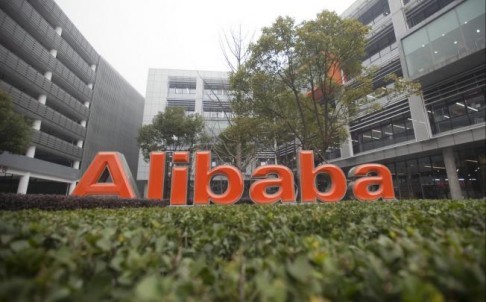Over 40 per cent of goods sold online in China fakes or poor quality, says state media report
PUBLISHED : Tuesday, 03 November, 2015, 10:38am
UPDATED : Tuesday, 03 November, 2015, 10:38am
Reuters in Shanghai

Members of the public examine fake bags during a counterfeit goods awareness campaign run by the police in Shanghai. Photo: AP
More than 40 per cent of goods sold online in China last year were either counterfeits or of bad quality, the state-run Xinhua news agency said, illustrating the extent of a problem that has bogged down the fast-growing online sector.
The report, which was delivered to China’s top lawmakers on Monday, said just under 59 per cent of items sold online last year were genuine or of good quality, Xinhua said.
China has been trying to shake off its notoriety for pirated and counterfeit goods, long a major headache for global brands targeting the Chinese market from iPhone maker Apple Inc to luxury retailer LVMH.
READ MORE: Chinese government pledges to step up crackdown on selling fake goods online
Chinese e-commerce giant Alibaba Group Holding has been lobbying to stay off a US blacklist for fakes after coming under renewed pressure this year over suspected counterfeits sold on its shopping platforms.
The report called for “accelerated legislation in e-commerce, improved supervision and clarification of consumers’ rights and sellers’ responsibilities”.

The Chinese e-commerce and online shopping giant Alibaba has rejected government suggestions that it is not doing enough to stop fakes being sold on its platforms. Photo: SCMP Pictures
It added these were needed due to the rapid emergence of online sales, which grew 40 per cent last year to 2.8 trillion yuan (HK$3.4 trillion).
READ MORE: Luxury brands hit Alibaba with counterfeit suit
China wants to boost protection for consumers online, where there is still a lot of uncertainty about how consumers can claim compensation or hold online vendors to account.
The report added customer complaints about online orders hit 77,800 last year, a steep jump of 356.6 per cent against 2013.
